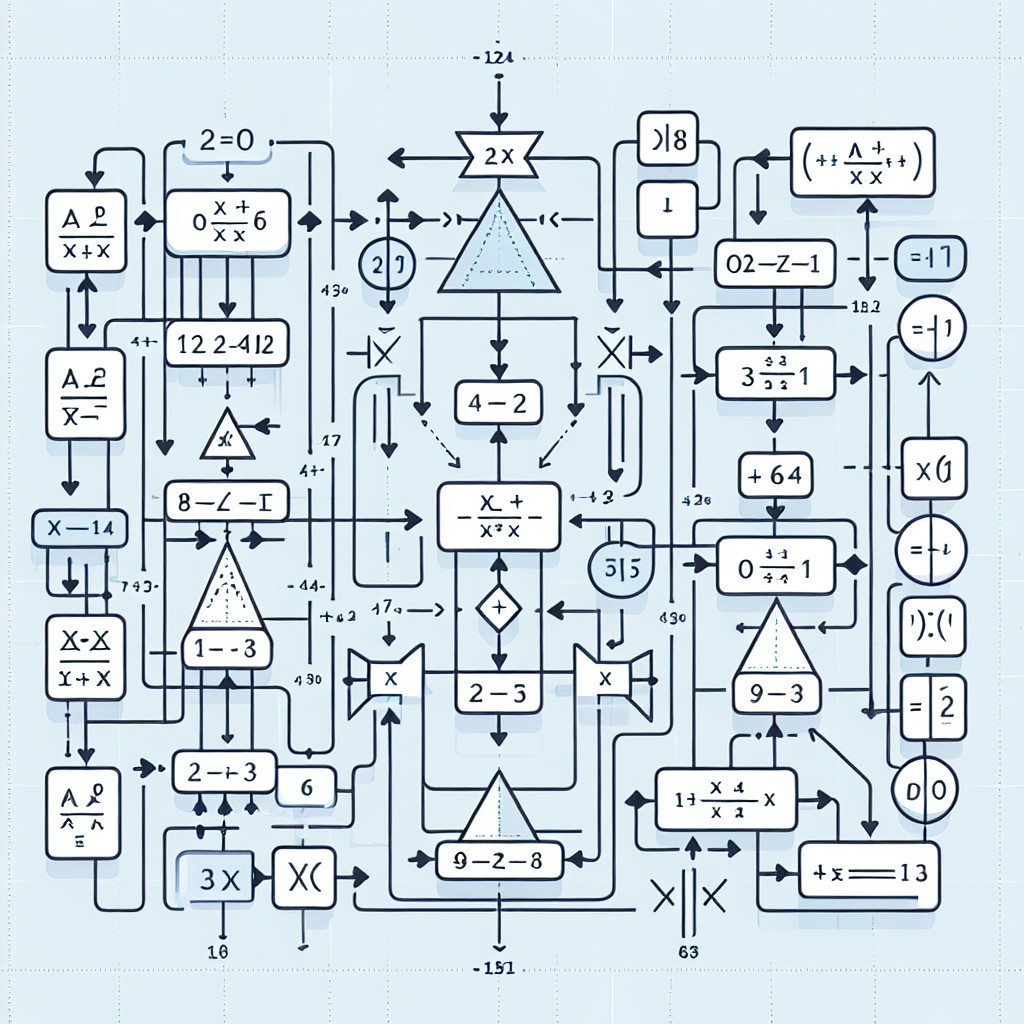Sets are a fundamental concept in mathematics and data management. In simple terms, a set is a collection of distinct objects, called elements, that are grouped together based on a common characteristic or property. These elements can be anything, such as numbers, letters, or even other sets. Sets are denoted by curly braces {} and the elements are separated by commas.
One important aspect of sets is that they do not contain duplicate elements. Each element in a set is unique and appears only once. This property makes sets particularly useful in data management, as it allows for efficient storage and retrieval of data. Additionally, sets can be used to perform various operations, such as union, intersection, and difference, which enable manipulation and analysis of data.
Key Takeaways
- Sets are a fundamental concept in mathematics and computer science that represent a collection of unique elements.
- Sets can be used in data management to eliminate duplicates, simplify data structures, and improve efficiency.
- By using sets, you can streamline your workflow by reducing the time and effort required to manage and analyze data.
- Set theory can be applied to organize data into categories, subsets, and relationships, making it easier to understand and analyze.
- Sets play a crucial role in data analysis and visualization, allowing you to identify patterns, trends, and outliers in your data.
The Advantages of Using Sets in Data Management
Using sets in data management offers several advantages over other data structures. Firstly, sets allow for efficient storage and retrieval of data. Since sets do not contain duplicate elements, they eliminate the need to store redundant information. This not only saves storage space but also speeds up data retrieval operations.
Furthermore, sets make it easy to eliminate duplicates from a dataset. By simply converting the dataset into a set, all duplicate elements are automatically removed. This is particularly useful when dealing with large datasets where duplicates can significantly impact data analysis and processing.
Another advantage of using sets is that they facilitate easy comparison and analysis of data. Set operations such as union, intersection, and difference allow for the comparison of multiple sets and the extraction of relevant information. For example, by taking the intersection of two sets, one can identify the common elements between them. This can be useful in identifying similarities or overlaps in datasets.
How Sets Can Streamline Your Workflow
In addition to their advantages in data management, sets can also streamline your workflow by simplifying data organization and reducing manual effort. When working with large datasets, organizing the data into sets based on common characteristics can make it easier to manage and analyze.
By categorizing data into sets, you can create a logical structure that reflects the relationships between different elements. This can help in organizing and navigating through the data more efficiently. For example, if you are working with a dataset of customer information, you can create sets based on different attributes such as age, location, or purchase history. This allows you to quickly access and analyze specific subsets of the data.
Furthermore, using sets can reduce manual effort by automating certain data processing tasks. For example, instead of manually comparing two datasets to identify common elements, you can simply take the intersection of the two sets. This not only saves time but also reduces the chances of human error.
Applying Set Theory to Organize Your Data
| Metrics | Description |
|---|---|
| Cardinality | The number of elements in a set |
| Union | The combination of two or more sets into a single set |
| Intersection | The set of elements that are common to two or more sets |
| Complement | The set of elements that are not in a given set |
| Subset | A set that contains all the elements of another set |
| Proper subset | A subset that contains some, but not all, of the elements of another set |
| Power set | The set of all subsets of a given set |
Set theory provides a powerful framework for organizing and manipulating data. By categorizing data into sets based on common characteristics, you can create a structured representation of the data that is easy to work with.
One way to categorize data into sets is by using set operations. Set operations allow you to combine, compare, and manipulate sets to extract relevant information. For example, the union operation combines two sets to create a new set that contains all the elements from both sets. The intersection operation creates a new set that contains only the elements that are common to both sets. The difference operation creates a new set that contains only the elements that are in one set but not in the other.
By using these set operations, you can perform complex data manipulations with ease. For example, if you have two datasets and you want to find the common elements between them, you can simply take the intersection of the two sets. Similarly, if you want to find the unique elements in one dataset that are not present in another dataset, you can take the difference between the two sets.
The Role of Sets in Data Analysis and Visualization
Sets play a crucial role in data analysis and visualization. They can be used to identify unique data points, visualize data relationships, and perform statistical analysis.
One of the key advantages of using sets in data analysis is the ability to identify unique data points. Since sets do not contain duplicate elements, they can be used to identify distinct values in a dataset. This is particularly useful when dealing with categorical variables or when trying to identify unique entities in a dataset.
Sets can also be used to visualize data relationships. By representing data as sets and using set operations, you can create visualizations that show the relationships between different elements. For example, you can create Venn diagrams to show the overlap between different sets or use network graphs to visualize connections between elements.
Furthermore, sets can be used in statistical analysis to perform various calculations and tests. For example, you can use sets to calculate the mean, median, and mode of a dataset or perform hypothesis testing to determine the significance of a relationship between variables.
Using Sets to Identify Patterns and Trends in Your Data

Sets can be a powerful tool for identifying patterns and trends in your data. By analyzing the elements within a set, you can detect recurring patterns and identify trends over time.
One way to identify patterns using sets is by looking for common elements within a set. If certain elements appear frequently within a set, it may indicate a pattern or trend. For example, if you are analyzing customer purchase history and you notice that certain products are frequently purchased together, it may indicate a pattern of product associations.
Sets can also be used to identify trends over time. By creating sets based on time intervals (e.g., daily, weekly, monthly), you can analyze the elements within each set to identify trends or changes over time. For example, if you are analyzing website traffic data and you notice an increase in the number of visitors during certain time periods, it may indicate a trend in user behavior.
Additionally, sets can be used in predictive analysis to forecast future trends based on historical data. By analyzing the elements within a set and identifying patterns or trends, you can make predictions about future outcomes. This can be particularly useful in forecasting sales, demand, or customer behavior.
Leveraging Sets for Effective Data Mining
Sets are a valuable tool in data mining, as they allow for the extraction of relevant data subsets and the identification of associations and correlations.
One of the key advantages of using sets in data mining is the ability to extract relevant data subsets. By using set operations, you can create subsets of data that meet specific criteria or conditions. For example, if you are mining a dataset for customer information and you want to extract all customers who have made a purchase in the last month, you can create a set that contains only those customers.
Sets can also be used to identify associations and correlations within a dataset. By analyzing the elements within a set and looking for common patterns or relationships, you can identify associations between different variables. For example, if you are mining a dataset of customer transactions and you notice that certain products are frequently purchased together, it may indicate an association between those products.
Furthermore, sets can be used in clustering and classification algorithms to group similar elements together. By creating sets based on similarity measures and using set operations, you can cluster elements into groups or classify them into categories. This can be particularly useful in tasks such as customer segmentation or fraud detection.
The Benefits of Using Sets in Machine Learning
Sets offer several benefits when it comes to machine learning and data analysis. They simplify data representation, reduce feature space, and are particularly useful in unsupervised learning.
One of the key benefits of using sets in machine learning is the simplification of data representation. By representing data as sets, you can reduce complex datasets into simpler structures that are easier to work with. This can make it easier to apply machine learning algorithms and extract meaningful insights from the data.
Sets also help in reducing the feature space, which is particularly important when dealing with high-dimensional datasets. By representing data as sets, you can focus on the unique elements within each set and ignore redundant or irrelevant information. This can help in improving the efficiency and accuracy of machine learning algorithms.
Furthermore, sets are particularly useful in unsupervised learning, where the goal is to discover patterns or relationships in the data without any predefined labels. By representing data as sets and using set operations, unsupervised learning algorithms can identify clusters or groups of similar elements. This can be useful in tasks such as anomaly detection, recommendation systems, or market segmentation.
Best Practices for Working with Sets
When working with sets, it is important to follow certain best practices to ensure consistency and accuracy in your data management and analysis.
Firstly, it is important to use proper set notation and terminology. This includes using curly braces {} to denote sets, commas to separate elements within a set, and proper mathematical symbols for set operations (e.g., ∪ for union, ∩ for intersection, and \ for difference). Using consistent notation and terminology helps in communicating and understanding the operations performed on sets.
Secondly, it is important to use set operations consistently throughout your data management and analysis. This includes using the appropriate set operation for each task and understanding the implications of each operation. For example, taking the union of two sets combines all the elements from both sets, while taking the intersection only includes the common elements.
Lastly, regular maintenance of sets is important to ensure accuracy and reliability of your data. This includes updating sets when new data becomes available, removing outdated or irrelevant elements from sets, and ensuring that sets are properly categorized and organized. Regular maintenance helps in keeping your data up-to-date and ensures that your analysis is based on the most relevant and accurate information.
Future Developments in Set Theory and Data Management
Set theory and data management are constantly evolving fields, and there are several future developments that can be expected in the coming years.
One area of development is the integration of sets with other data structures. Sets can be combined with other data structures, such as lists, arrays, or graphs, to create more complex and powerful data representations. This integration can enable more advanced data management and analysis techniques, such as graph-based algorithms or hierarchical data structures.
Another area of development is advancements in set-based algorithms. As the field of data science continues to grow, there will be a need for more efficient and scalable algorithms for working with sets. This includes developing algorithms that can handle large datasets, perform complex set operations, or optimize set-based calculations.
Furthermore, sets are expected to find emerging applications in areas such as data science and artificial intelligence. Sets can be used to represent complex relationships between entities, such as social networks or biological systems. By using sets to model these relationships, it becomes possible to apply advanced machine learning techniques to analyze and predict behavior.
In conclusion, sets are a powerful tool in data management and analysis. They offer several advantages over other data structures, including efficient storage and retrieval of data, elimination of duplicates, and easy comparison and analysis of data. Sets can streamline your workflow by simplifying data organization, reducing manual effort, and speeding up data processing. By applying set theory to organize your data, you can categorize data into sets, use set operations for data manipulation, and create a structured representation of your data. Sets play a crucial role in data analysis and visualization by identifying unique data points, visualizing data relationships, and performing statistical analysis. They can also be used to identify patterns and trends in your data, leverage effective data mining techniques, and benefit machine learning tasks. Following best practices for working with sets ensures consistency and accuracy in your data management and analysis. Finally, future developments in set theory and data management include the integration of sets with other data structures, advancements in set-based algorithms, and emerging applications of sets in data science and artificial intelligence.

